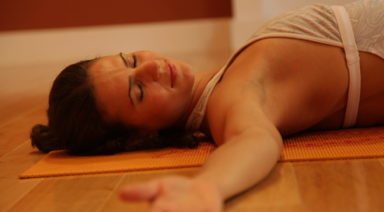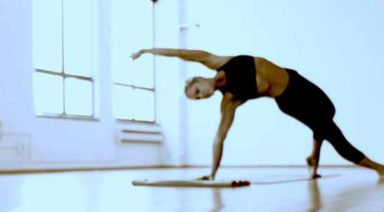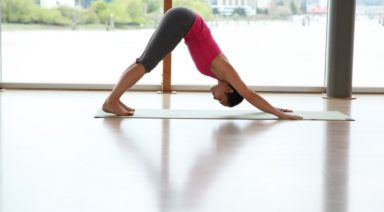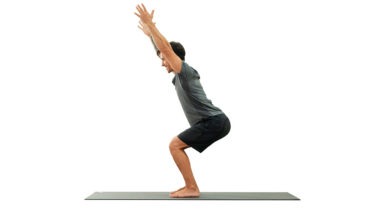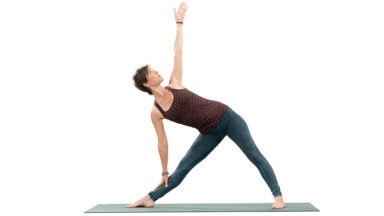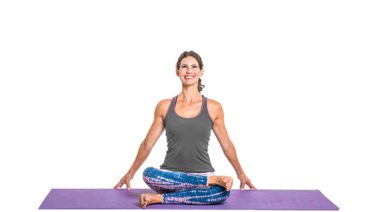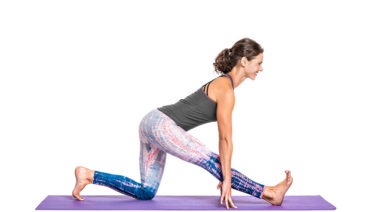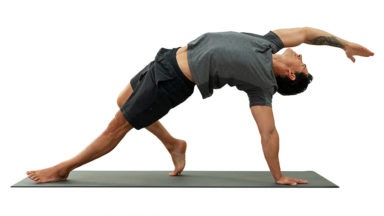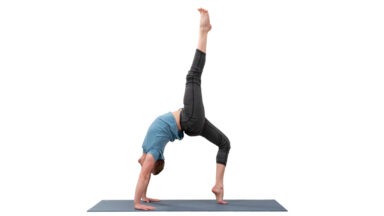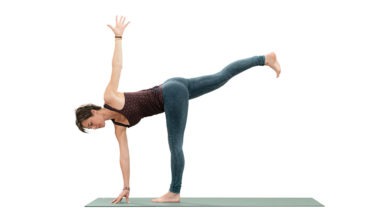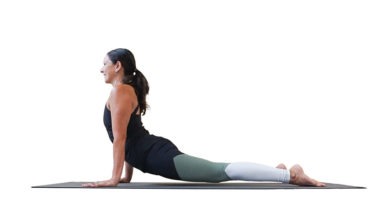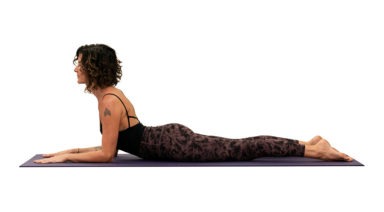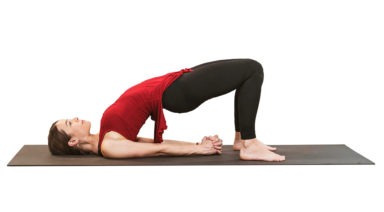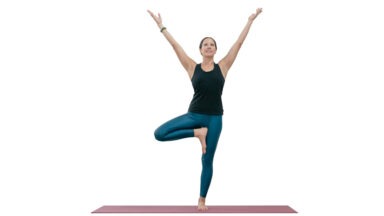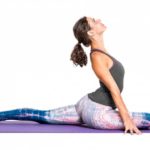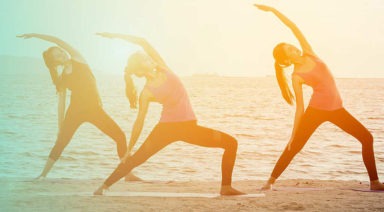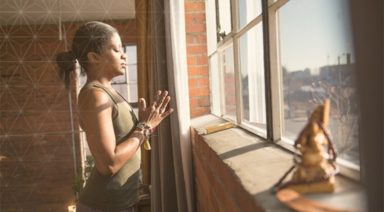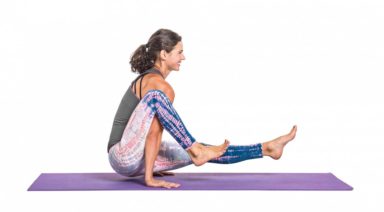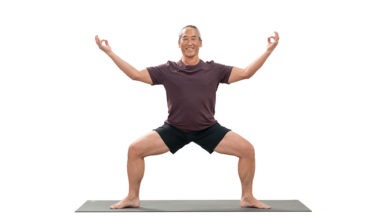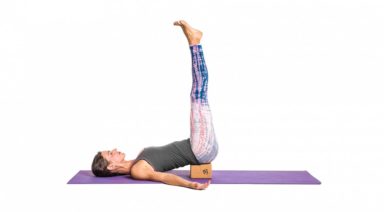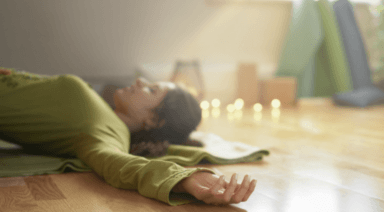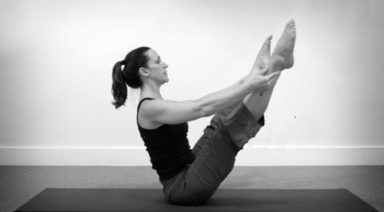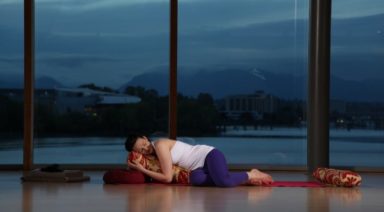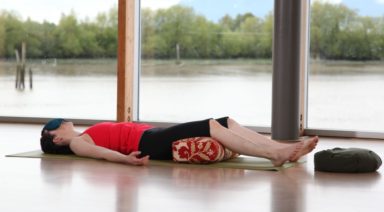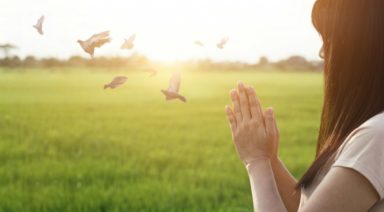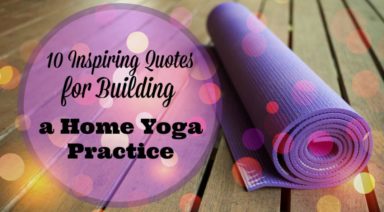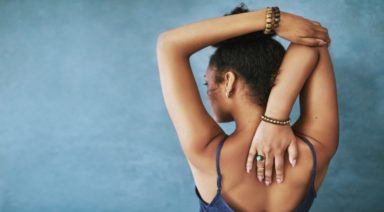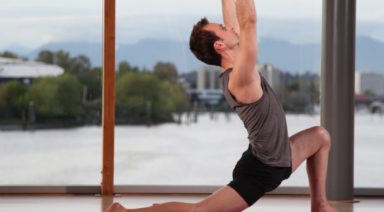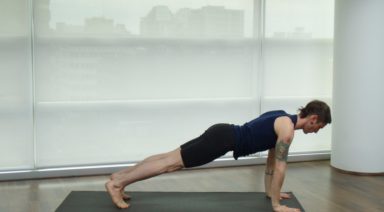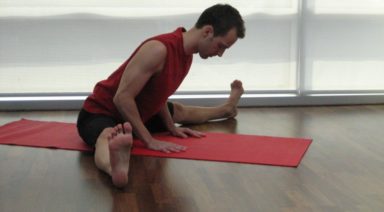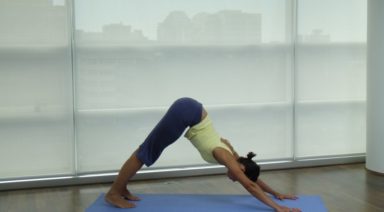Defining Yoga Asanas
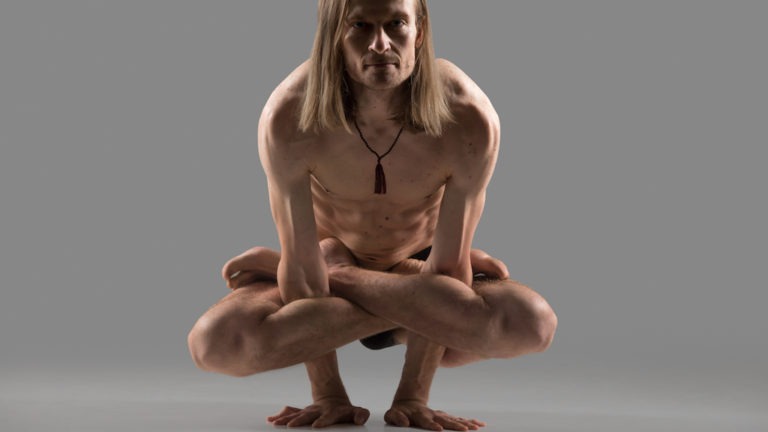
The Sanskrit word asana translates into seat in English, but if you say the word to yoga practitioners, all the postures and stretches they know will flash through their minds. Patanjali’s Yoga Sutras simply define asana as a “steady, comfortable posture,” which could be any shape.
In modern yoga context, an asana refers to a physical pose i.e. balasana (child’s pose) or trikonasana (triangle pose).
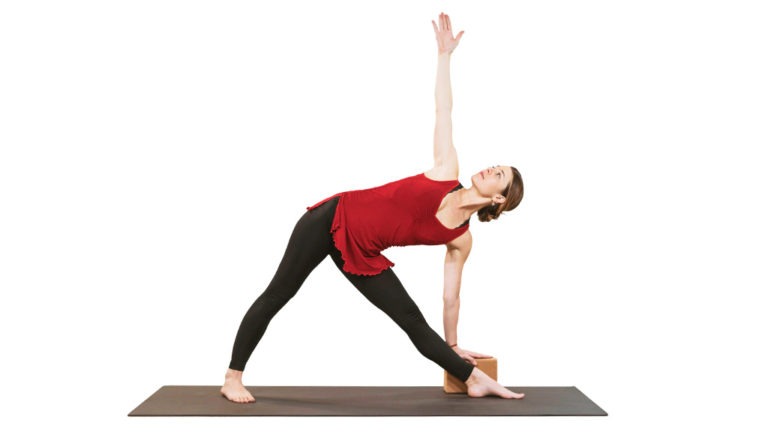
Trikonasana (triangle pose)
Benefits
Different asanas have different rewards — exploring all the benefits associated with dozens of poses would be more than enough for a book, and beyond the scope of a single article. Asanas also have benefits on physical, spiritual, and energetic levels.
Many begin a yoga practice for stress relief and improved health, but discover benefits such as an increased sense of well-being, easier access to meditative states, and improved emotional stability. The key to experiencing these benefits is persistence over time along with patience, although many feel better after their first yoga class or session.
Watch this free video: The Grace of Pranayama in Asana!
Types of Yoga
- Hatha Yoga: This “radical” style of yoga is based on the premise that the body is the key to enlightenment; by practicing physical austerities and cleansing rituals, practitioners could achieve realization. Hatha yoga emphasizes breathing techniques, and some hatha asanas are rigorous and can take years to master. All physical yogas are considered hatha yoga.
- Iyengar Yoga: This method focuses on fine details of alignment and anatomy. The founder, B.K.S. Iyengar, from Western India, began teaching yoga in 1937. Eventually, he taught to celebrities and luminaries in the west, including the author Aldous Huxley. The Iyengar method migrated to the U.S. beginning in 1957, and by 2005, was considered the most influential yoga model in the world. The Iyengar style is noted for developing mobility and strength with generous use of props.
- Ashtanga Yoga: Ashtanga is an intensive, challenging series of asanas in three series developed by K. Pattabhi Jois.
- Vinyasa Yoga: This method originated from the Ashtanga school in the 1980s, and can be recognized by a breath-to-movement style including sun salutations and usually standing, balancing, and floor series.
- Restorative Yoga: This is a gentle technique designed to relax and de-stress. Bolsters, pillows, and blocks are used to allow practitioners to remain in postures for longer periods than other styles. Restorative yoga may include meditation and breathing (pranayama) components as well.
- Yin Yoga: In the 1970s, martial artist Paulie Zink developed yin yoga with the intention of providing a slow-paced style with longer pose holds — up to five minutes or more. These long holds affect the joints and fascia (connective tissue) in the body, and are believed to increase circulation and flexibility.
Top 10 Yoga Poses for Headaches
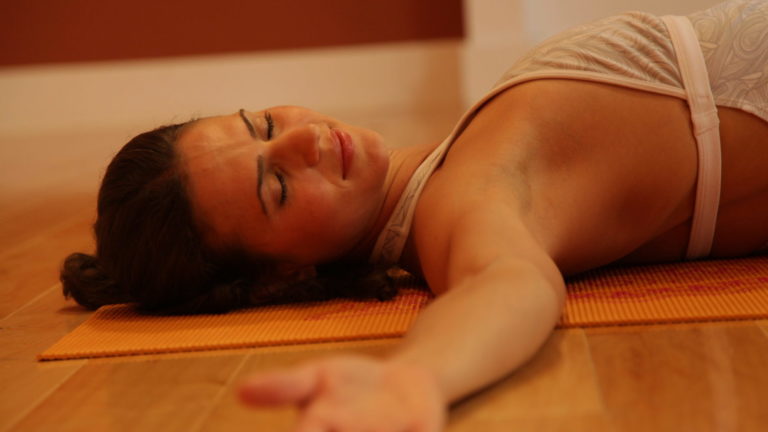
Yoga can be a beneficial therapeutic tool for relieving headaches brought on by muscle tension and stress. The majority of headaches originate from muscle stiffness and imbalances emanating from the neck and upper back. When headaches set in, using a series of restorative yoga exercises can greatly relieve both the cause and symptoms. Here are our top yoga poses and exercises that naturally treat headaches.
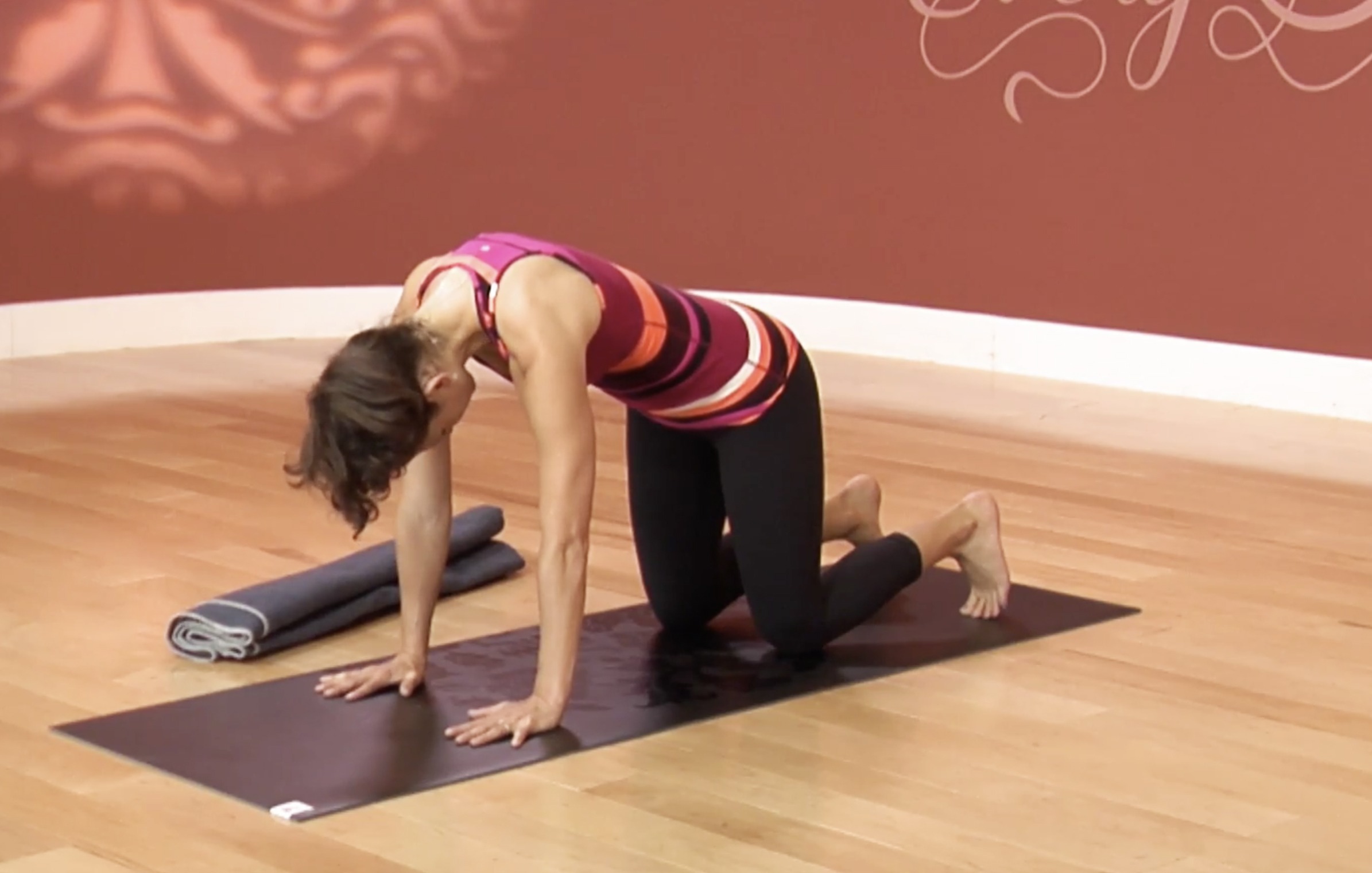
1. Cat Pose: The flowing motion of breath and spine helps release tension from the neck and upper back while also pouring refreshing energy through the body and mind.
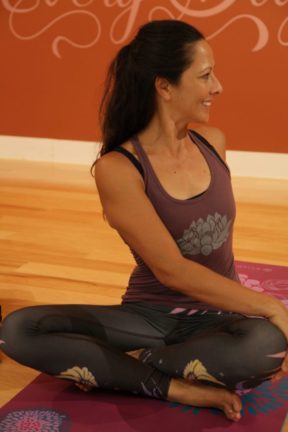
2. Seated Twists: Besides increasing circulation throughout the entire length of the spine, the twisting motion in the upper spine (cervical region) often alleviates tension coming from the scalene muscles of the neck (anterior aspect).
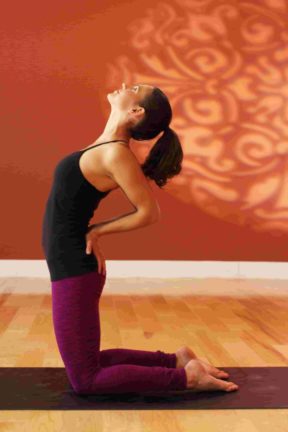
3. Chest Openers: Much of the tension in the back body is a result of muscle dominance from the front body (called Upper Cross Syndrome). Expanding the chest and front shoulder muscles helps break down muscular imbalances and frees the tension coming from the neck.
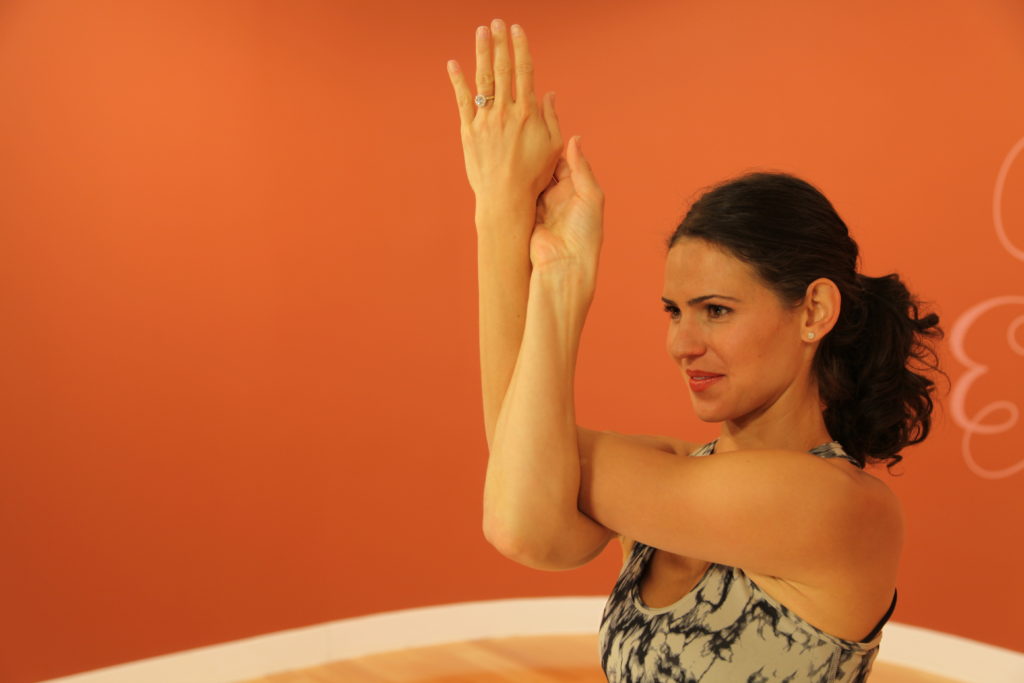
4. Eagle Arms: This simple crossed arm pose can be done in Mountain Pose or any natural seated posture. This back expander can reach well into the mid and upper back targeting problematic muscles around the shoulder blades and the base of the neck. Take time in this arm pose to breath slow and full into the upper back and insure that you perform this arm pose on both sides.
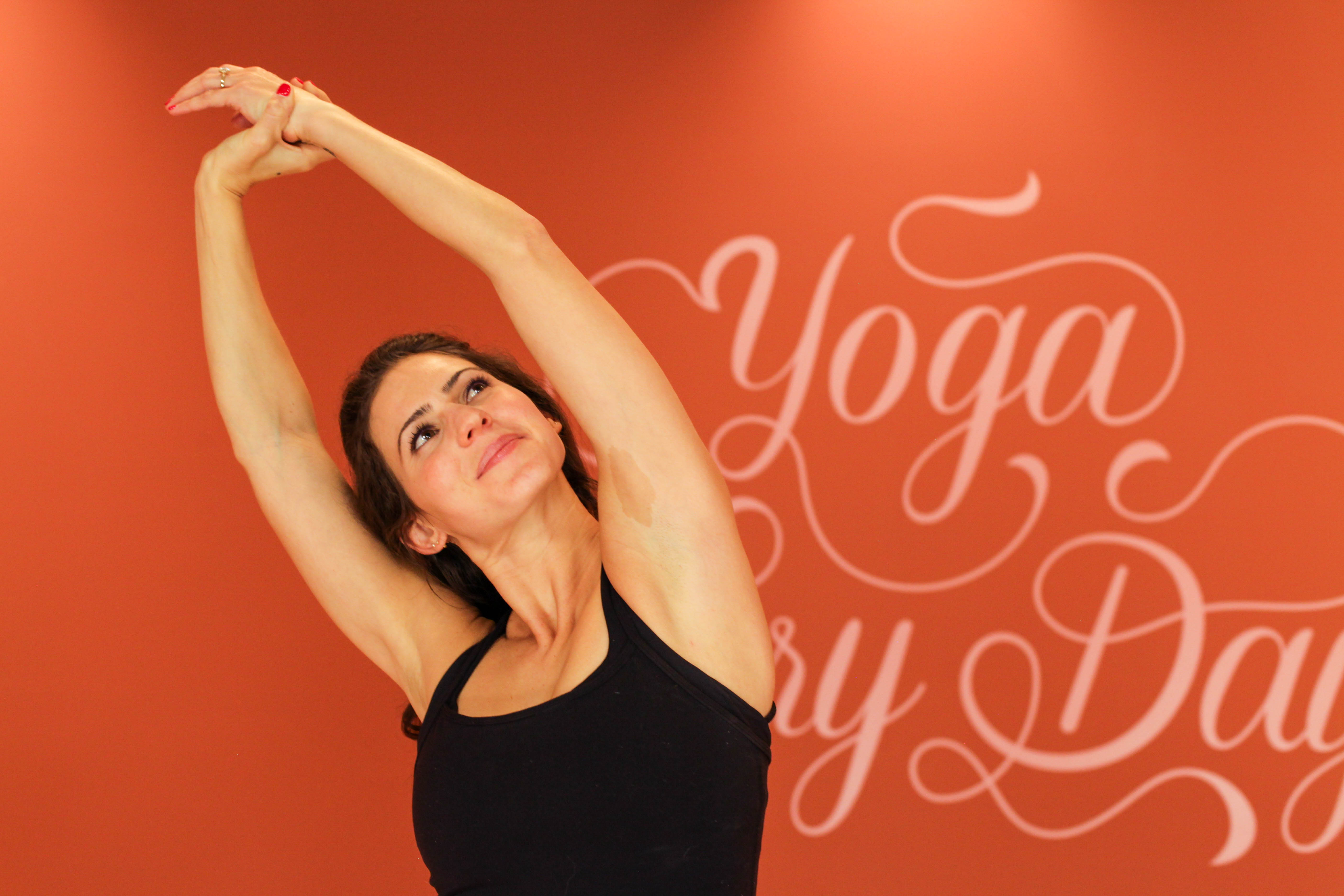
5. Simple Neck Stretches: Gently move through the various muscle fiber lines by allowing your head to float down to one shoulder with gravity, down across the chest and into the other side – repeat with a natural, unforced motion. Avoid letting the head fall back-keep the motion in a half circle from one shoulder to the other. Pause where you find extra areas of resistance.
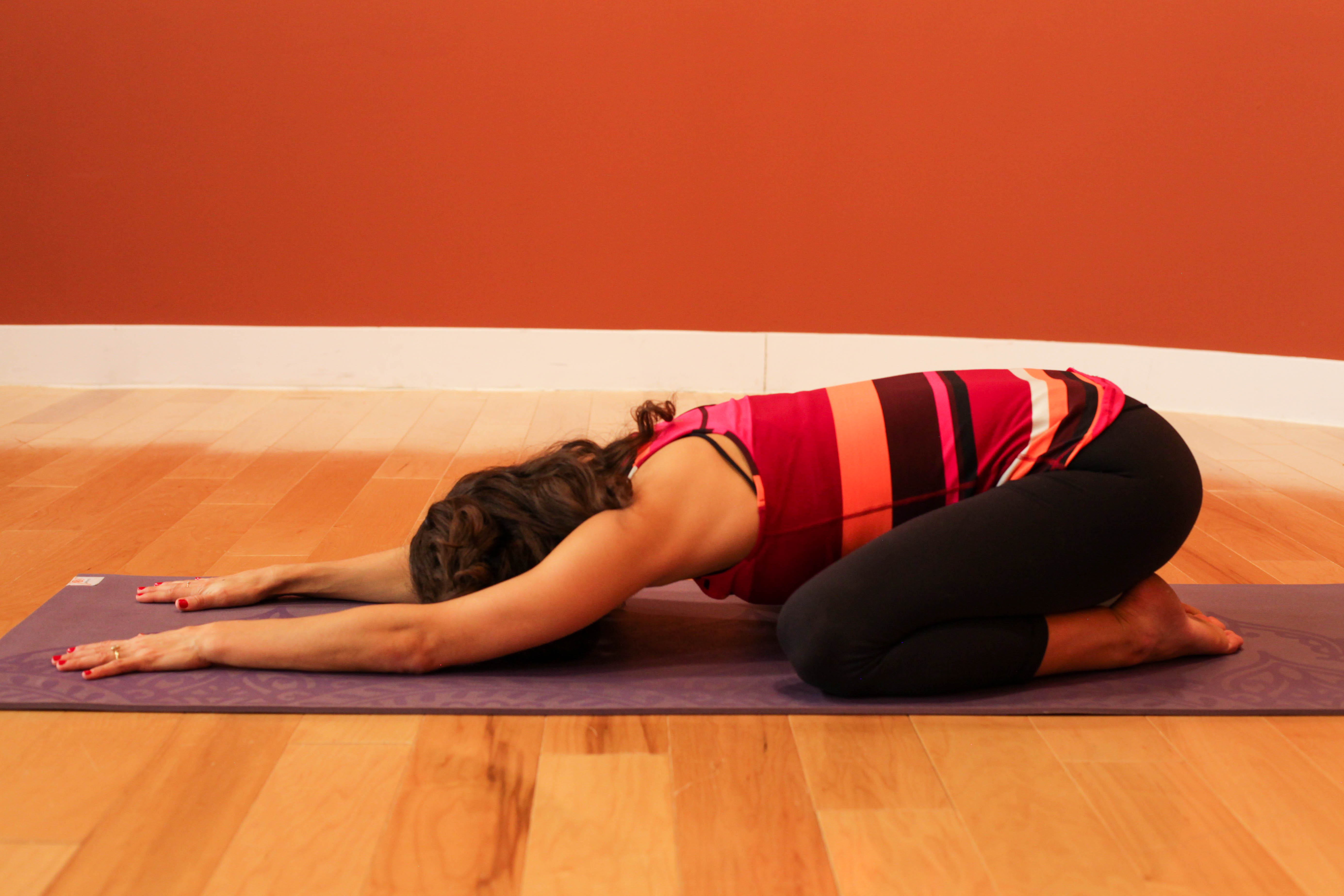
6. Child’s Pose: A perfect restorative yoga pose that slightly inverts the body. A gentle flow of extra blood circulates into the head helping relieve tension. With the legs slightly separated, you can easily settle into deep core and back breathing to encourage a flood of circulation to reach deep into the body. Note that the head and neck should be absolutely comfortable. If needed, keep you arms forward or bend the elbows and rest the forearms by your chest/under your shoulders so the palms face up-this will greatly unload any pressure from the neck.
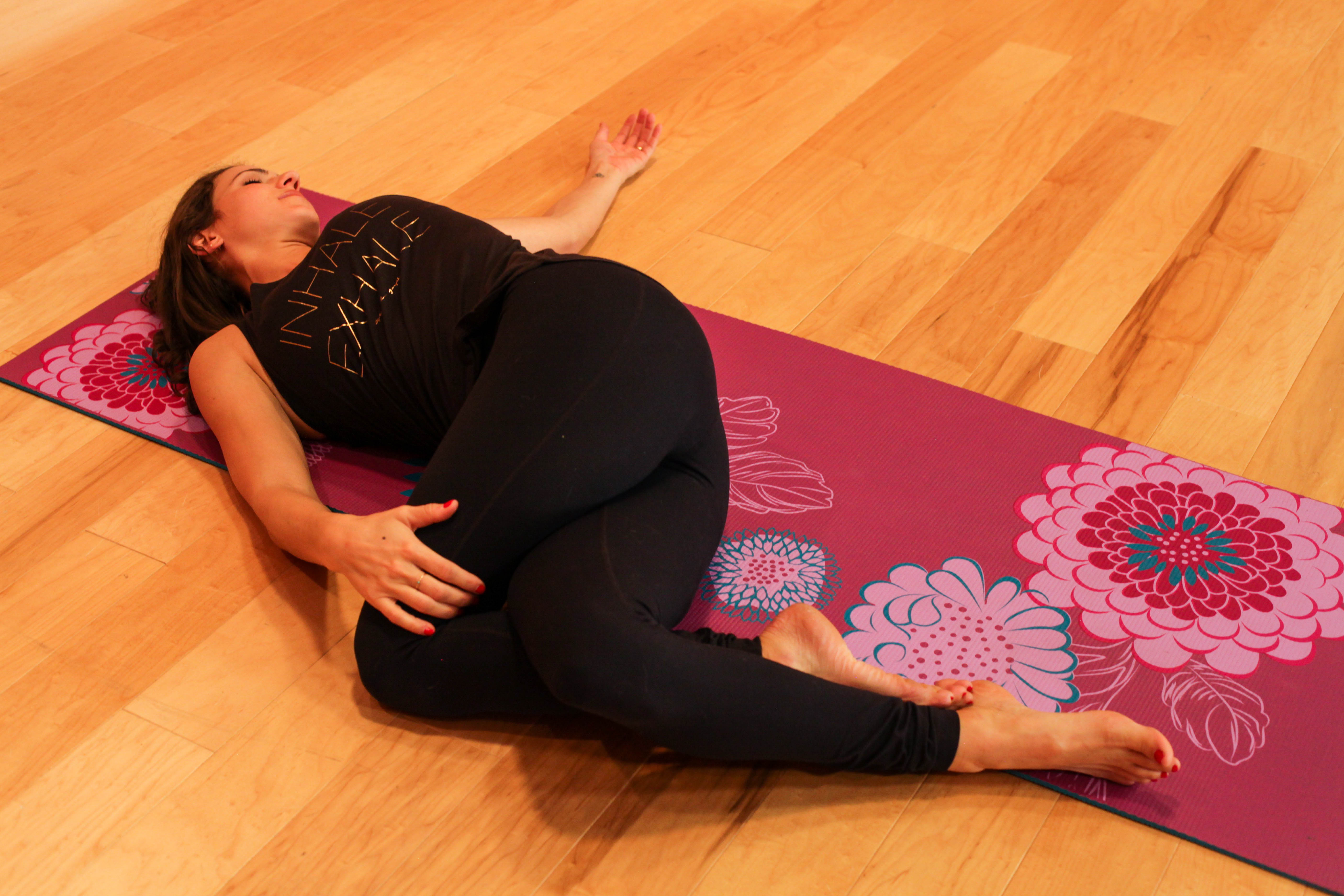
7. Two Knee Reclining Twist: Unlike our seated twists, this reclining twist can be far more restorative and held longer to bring deeper focus into relaxing the nervous system while the chest expands and rejuvenates the spine. Give extra attention to releasing the shoulders into the mat to release dominance of the shoulder and chest muscles.
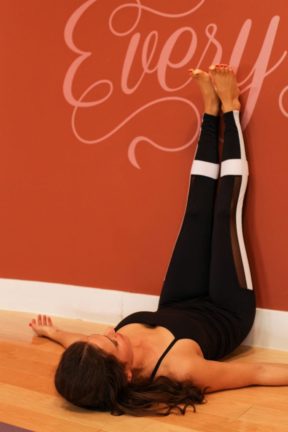
8. Legs Up The Wall Pose: This highly beneficial inverted pose is great for developing hamstring flexibility and for improving circulation in the lower limbs. For headaches, the extra flow of blood to the brain and the restorative support can be deeply relaxing and nourishing.
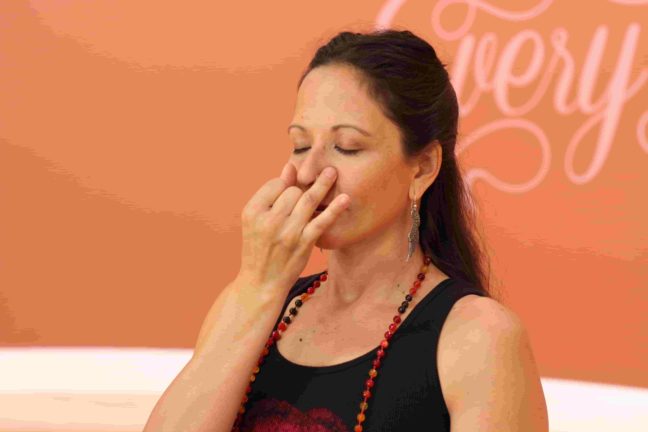
9. Alternate Nostril Breathing: The aim of alternate nostril breathing is to restore balance to the energy systems. With balance, we find release and calm. This yoga breathing exercise is easy to do for all levels and targets the nervous system by slowing brain waves, calming the mind, and purging stress.

10. Relaxation Pose: After doing a series of restorative yoga poses, take some time to simply relax and release in Savasana. Turn the focus away from the symptoms of your headache and settle into the sensation of mental and physical release. You may find a light eye pillow helpful in moving tension/pressure out of the eyes and forehead. Increase your comfort by placing a bolster under the knees and a thin pillow under the head. To complement the chest openers and reclining twists, lay with the arms open to the sides/palms facing the ceiling.


